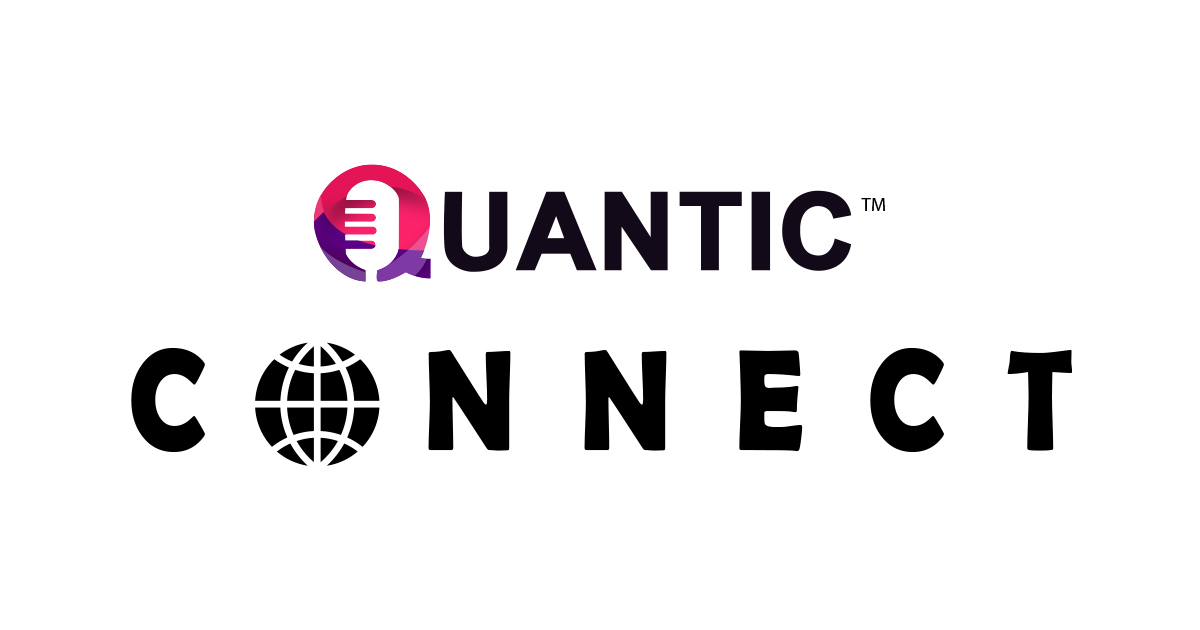In the age of digital transformation, modern marketing leadership has taken a central role in reshaping customer connections. Businesses are increasingly turning to marketing teams to craft innovative strategies that can engage customers and build lasting relationships. As such, marketing leaders must demonstrate the ability to lead both their team and the customer base through times of rapid change.
Leadership from the marketing team is essential for creating a successful business model that is both agile and responsive to client needs. With digital technology now playing an integral part in most aspects of customer engagement, it’s crucial for marketers to be able to adapt quickly and effectively when introducing new ideas or products. On top of this, they must also possess strong communication skills for conveying strategies in a way that motivates customers while still meeting company objectives. In this article Mr. Pankaj Gulati, Chief Marketing Officer & Chief Operating officer – Corporate Services from Fincare Small Finance Bank shares his views on the topic with Marquis Fernandes of Quantic Connect.
Understanding the customers to the core: What is the extent?
Understanding the target audience is essential business knowledge, that organizations must acquire and fiercely protect. This includes understanding the ecosystem of customers’ needs, preferences, behaviors, motivations, pain points, and decision-making processes. Organizations that acquire a deep understanding of customers have an advantage in that they can create more effective marketing strategies, tailor their offerings and customer experiences, and increase customer loyalty and satisfaction, ultimately leading to better revenues and profitability.
To achieve this level of understanding, organizations often use various methods such as data analysis, market research, and direct engagement with customers. The goal is to gain a complete and nuanced view of the customer, allowing the company to make informed decisions about how best to serve their needs.
At Fincare, we deploy a range of communication tools to connect with our customers to understand their financial needs and challenges, build their awareness about cyber security and online transactions, help them navigate the crisis with confidence, among other engagements.
How are marketing leaders driving business growth by reforming customer engagements?
Market leaders are driving business growth by reforming customer engagements through the following strategies:
- Personalization: By understanding the customers’ preferences, behaviors, and needs, organizations can create highly personalized experiences that meet their customers’ expectations and increase satisfaction.
- Data-driven insights: by leveraging data and analytics to gain deeper insights into customer behavior and preferences, allowing more effective marketing strategies and improving the customer experience.
- Customer-centric approach: by adopting a customer-centric approach, placing the customer at the center of their decision-making and developing products, services, and experiences that meet their specific needs.
- Omnichannel experiences: By creating seamless, omnichannel experiences that allow customers to interact with the brand across multiple touchpoints, such as website, mobile app, social media, and banking outlets.
- Technology integration: By leveraging technology, such as artificial intelligence and automation, to streamline processes, increase efficiency, and improve the customer experience.
By implementing strategies that revolve around the above, marketing leaders can seamlessly drive business growth by improving customer engagement, building strong relationships with customers, and increasing customer loyalty and lifetime value.
How are we making the workforce ready to adapt with evolving martech?
Making the workforce ready to adapt with evolving martech requires a combination of training, education, and technology integration.
Here are some steps that can help:
- Up-skilling and training: Providing training and education programs to help staff understand and effectively use new technologies, tools, and platforms.
- Encouraging a culture of continuous learning: Creating an environment where employees are encouraged to continuously learn and stay up-to-date with the latest trends and technologies.
- Investing in technology: Providing staff with the latest technology and tools to increase efficiency and productivity, and to help them stay current with the evolving martech landscape.
- Cross-functional collaboration: Encouraging collaboration and knowledge sharing between different departments, such as marketing, technology, and data teams, to ensure a better understanding and integration of martech solutions.
- Hiring and retaining talent: Hiring people with the right skillset and experience in martech and retaining them through opportunities for professional development and career growth.
With such steps, building a workforce that is equipped to adapt and thrive in the ever-changing martech landscape can be converted into a competitive advantage.
How have businesses changed their marketing strategies after pandemic?
The COVID-19 pandemic has had a significant impact on businesses and their marketing strategies. Some of the ways via which the businesses have changed their marketing strategies in response to the pandemic are:
- Shift to digital: With physical distancing measures in place, many businesses shifted their focus to digital channels, such as social media, and email marketing, to reach customers and generate revenue. Post-pandemic, this shift has become more normal than earlier
- Emphasizing empathy and authenticity: Many businesses have shifted their marketing tone to be more empathetic and authentic, acknowledging the impact of the pandemic on customers and their communities, and adapting their messaging accordingly.
- Increased use of data and analytics: To understand the changing needs and behaviors of customers during the pandemic, businesses have increased their use of data and analytics to inform their marketing strategies and make data-driven decisions.
- Expansion into new markets: With changes in consumer behavior, some businesses have expanded into new markets to find growth opportunities and reach new customers.
- Adaptation to new technologies: To support remote work and online shopping, businesses have accelerated their adoption of new technologies, such as virtual and augmented reality, to enhance the customer experience and improve efficiency.
These changes reflect the need for businesses to be flexible, responsive, and innovative in response to the unique challenges posed by the pandemic.
Challenges to market better within the budget
Marketing within budget constraints can present several challenges. Some of the common challenges includes:
- Limited resources: With limited budget, businesses may not have access to the same resources as larger companies, such as large ad budgets, cutting-edge technology, or specialized talent. To overcome this, businesses may focus on cost-effective marketing channels, such as content marketing, social media, and influencer marketing.
- Measuring success: It can be challenging to measure the success of marketing initiatives and determine their return on investment (ROI) when working with limited budget. To overcome this, businesses can focus on setting clear and measurable goals, tracking key metrics, and using data and analytics to inform decision-making.
- Reaching target audience: With limited budget, it may be difficult to reach a large and diverse target audience. To overcome this, businesses can focus on targeted and personalized marketing strategies that reach the right people at the right time.
- Competition: With limited budget, businesses may face competition from larger and well-established companies. To overcome this, businesses can differentiate themselves by offering unique and high-quality products and services, building strong relationships with customers, and leveraging their niche expertise and brand reputation.
- Staying up-to-date: Keeping up with the latest trends, technologies, and best practices in marketing can be a challenge for businesses with limited budget. To overcome this, businesses can prioritize ongoing education and training, and seek out cost-effective resources, such as online courses, webinars, and industry events.
By being strategic and creative, businesses can overcome these challenges and successfully market their products and services and within budget constraints as well.



